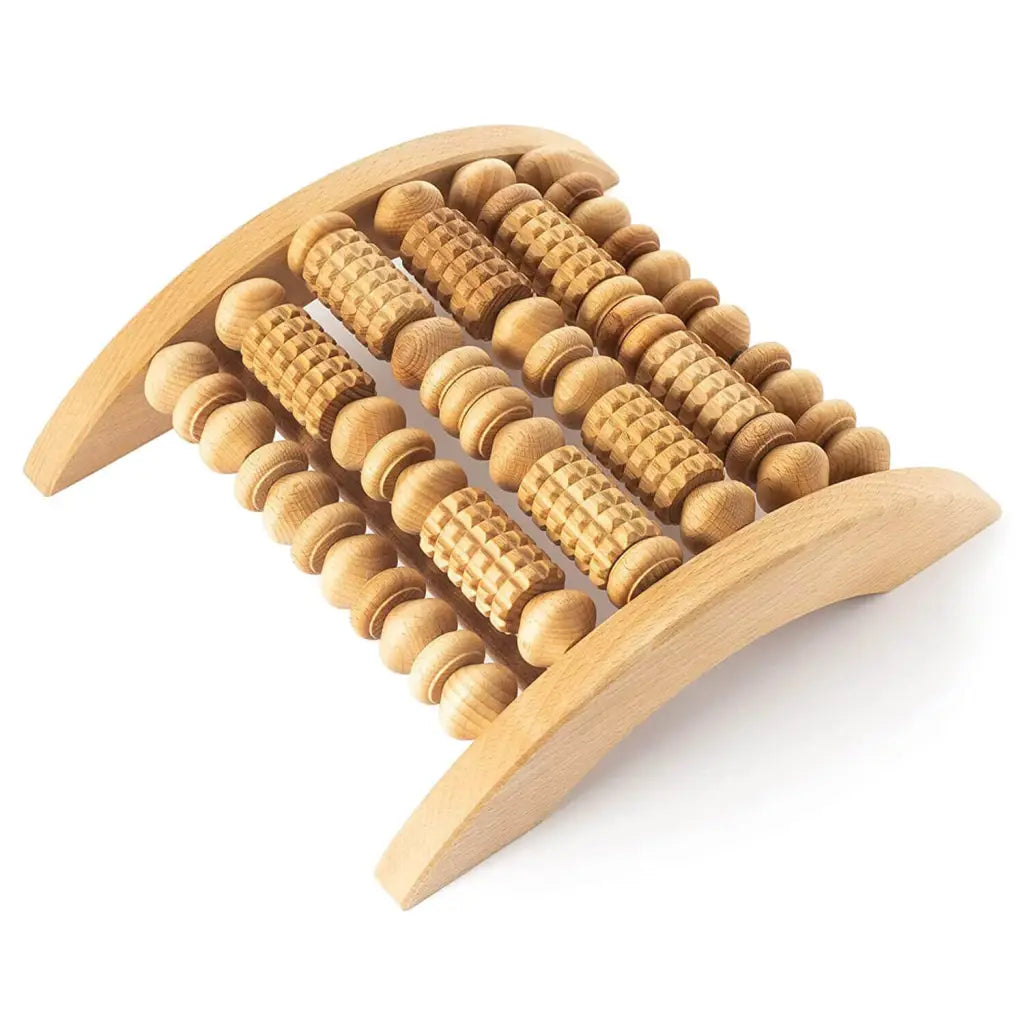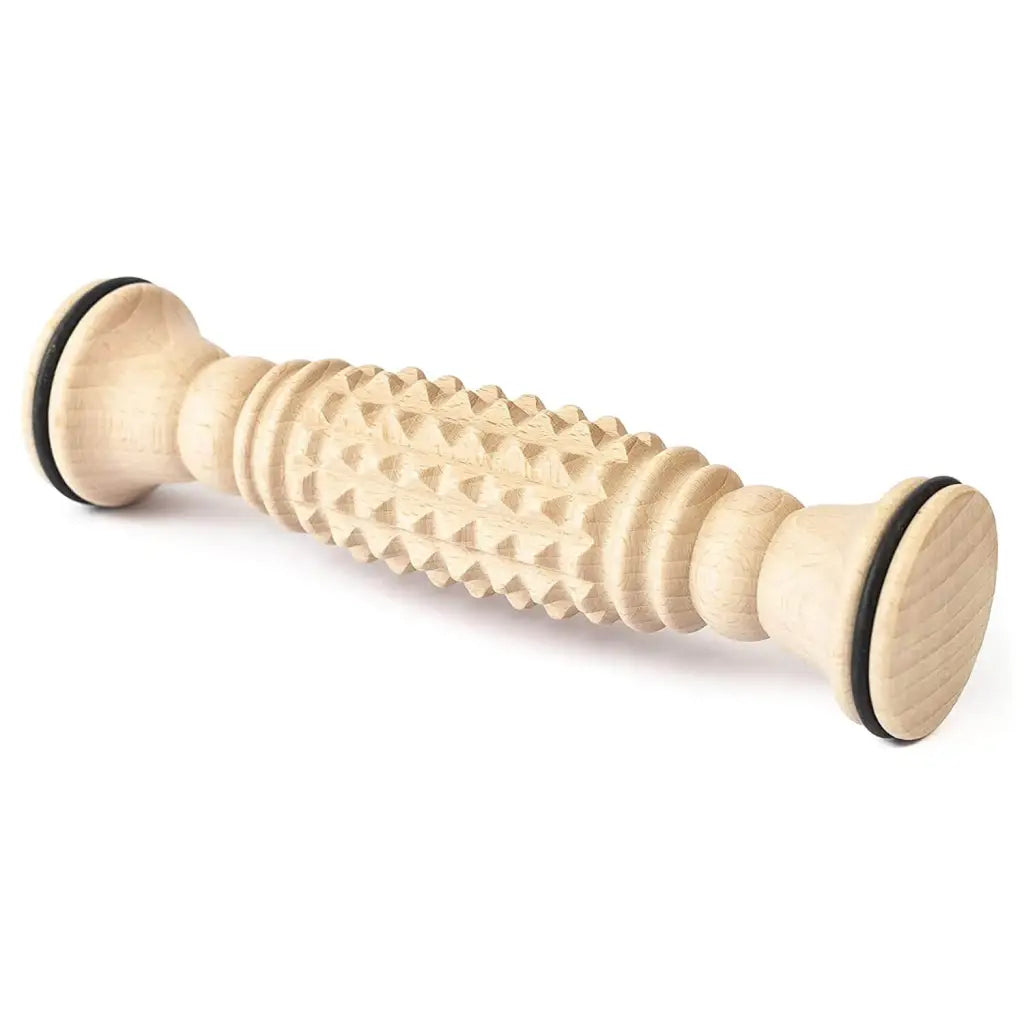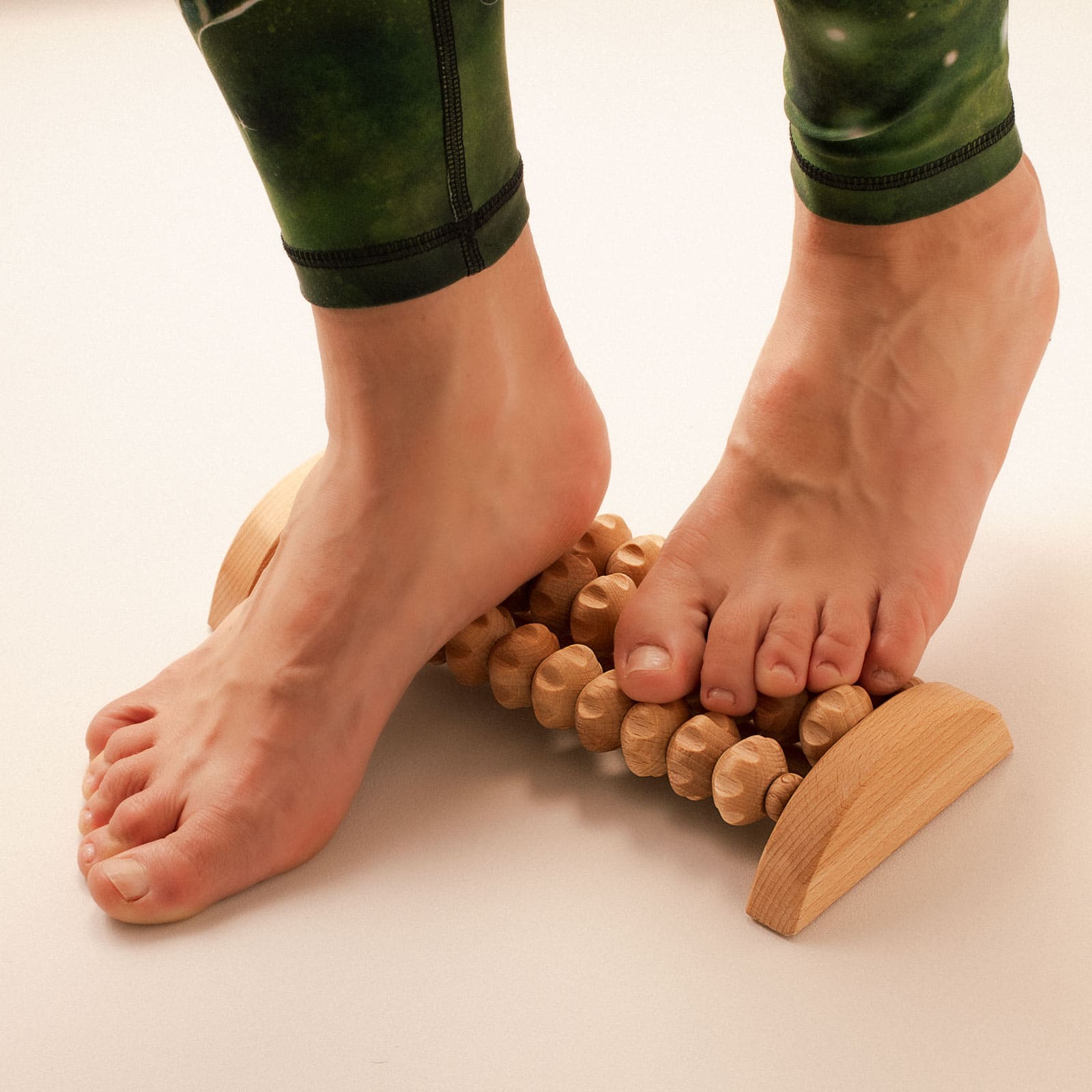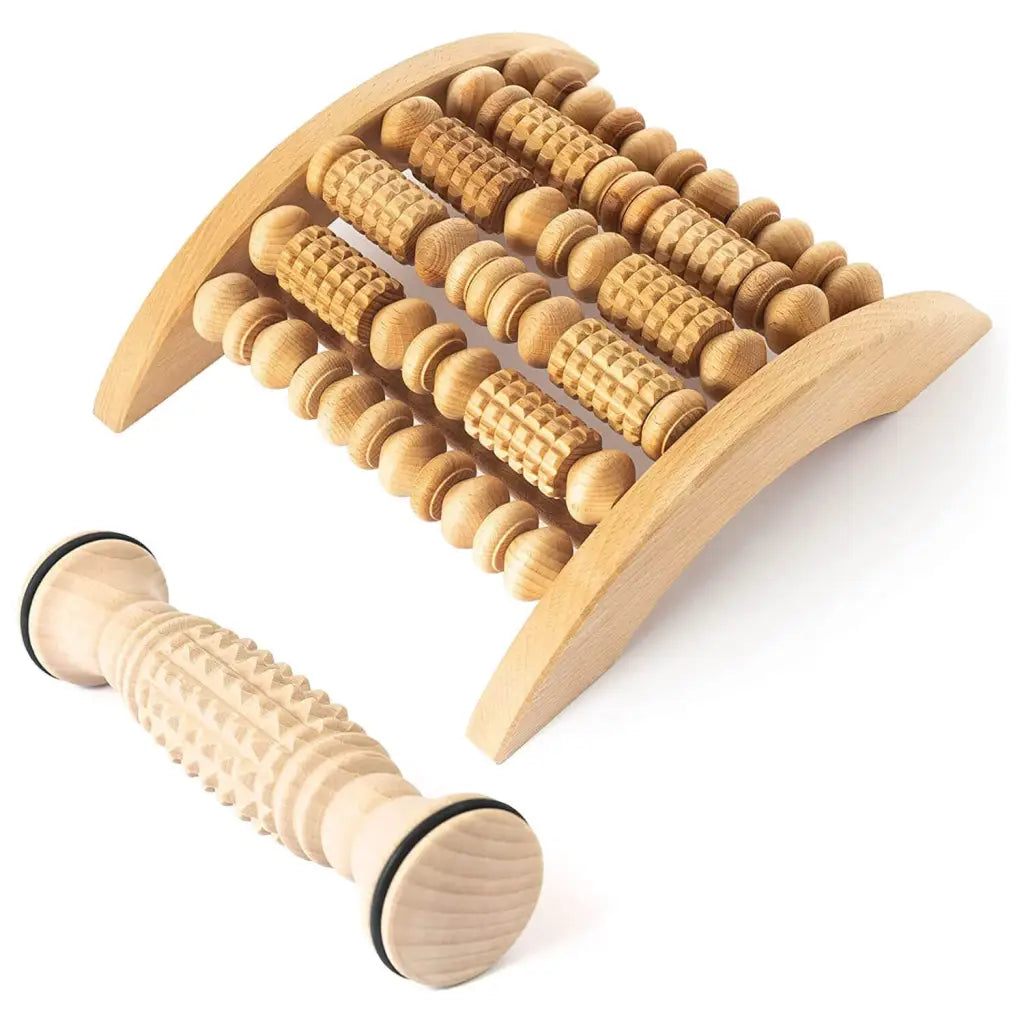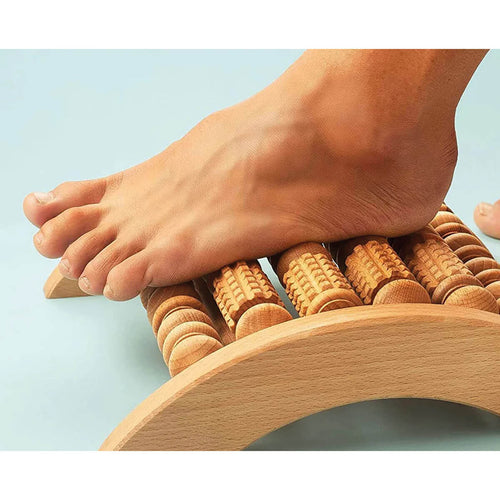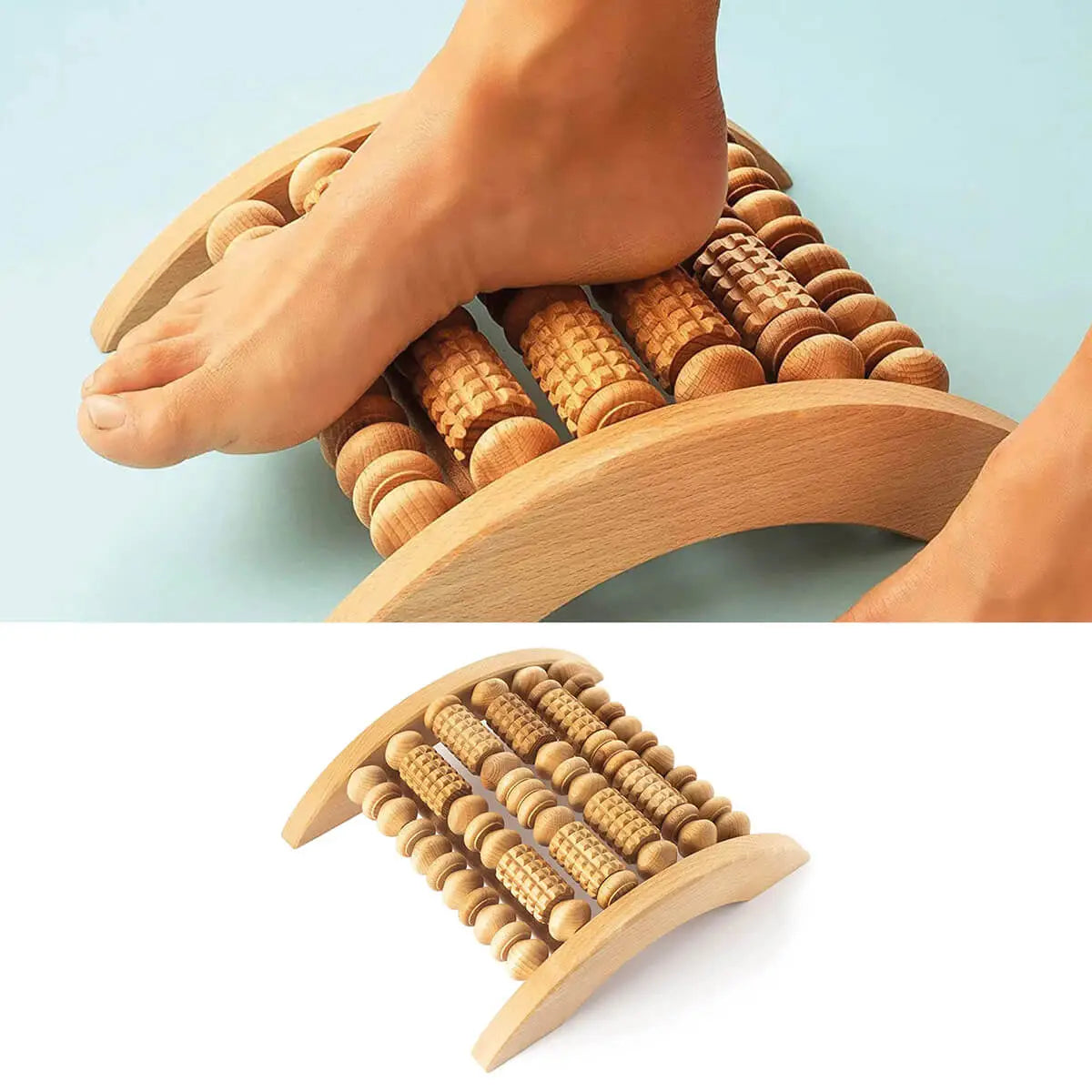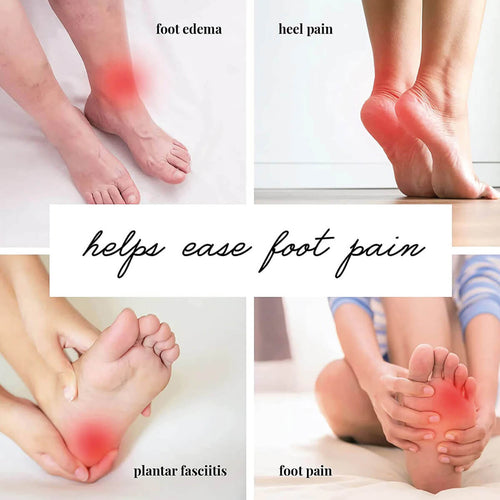
Do Foot Massages Help Swollen Feet? Benefits, Techniques, and Expert Tips
Swollen feet can be frustrating and uncomfortable, often leaving you searching for quick relief. Whether it’s from standing too long, an injury, or a medical condition, the discomfort can disrupt your daily routine. You’ve probably heard that foot massages might help, but does this simple remedy actually work?
Foot massages have been praised for their ability to improve circulation and reduce tension, but their impact on swelling goes beyond just relaxation. By targeting specific pressure points and encouraging fluid movement, they may offer the relief you’re looking for. If you’re wondering whether a soothing massage or using a foot massager can ease the puffiness and discomfort in your feet, you’re not alone.
Let’s explore how foot massages might help with swollen feet and whether this natural approach could be the key to feeling better.
What Causes Swollen Feet?
Swollen feet occur due to fluid buildup, often influenced by medical conditions or lifestyle factors. Identifying these causes helps manage the issue effectively.
Common Medical Conditions
Certain medical conditions contribute to swelling in your feet. Heart and kidney diseases may cause fluid retention, leading to puffiness. Liver disorders, such as cirrhosis, impair fluid regulation, contributing to swollen extremities. Venous insufficiency results in blood pooling in your legs, commonly causing swelling. Conditions like arthritis or gout trigger inflammation and fluid buildup in joints.
Lifestyle Factors
Lifestyle factors often influence foot swelling. Prolonged standing or sitting restricts proper blood flow, leading to fluid accumulation. Wearing tight shoes reduces circulation and increases discomfort. Excess sodium intake contributes to fluid retention, making your feet swell. Pregnancy-related hormonal changes and increased pressure on veins often cause temporary swelling. High temperatures also promote water retention, intensifying puffiness in your feet.
The Role Of Foot Massages
Foot massages serve as a targeted approach to address the discomfort caused by swollen feet. They focus on improving circulation, reducing fluid retention, and relieving tension in the affected areas.
How Foot Massages Works
Foot massages, including those with wooden foot massagers, stimulate blood flow and promote lymphatic drainage through targeted pressure and movement. The strategically designed ridges and nodes on wooden massagers mimic manual techniques like kneading and circular motions, helping to redistribute trapped fluids and reduce swelling.
By activating underlying muscles and soft tissues, these tools enhance fluid removal from swollen areas, offering a natural and effective way to support foot health and relaxation. When performed regularly, these methods can alleviate stiffness and improve overall circulation in the feet.
- Reduced Swelling: Foot massages decrease swelling by promoting lymphatic flow, which helps remove excess fluid.
- Improved Circulation: Enhanced blood flow delivers oxygen and nutrients to tissues, accelerating recovery and reducing discomfort.
- Relaxation: Massages relieve tension in muscles and surrounding tissues, offering a calming sensation to the feet.
- Pain Relief: Targeted pressure on tender areas alleviates soreness caused by swelling.
Scientific Evidence On Foot Massages
Scientific research highlights the potential benefits of foot massages in addressing swollen feet. Studies focus on their ability to enhance circulation, reduce fluid retention, and provide symptomatic relief.
Studies Supporting Foot Massages
Research shows that foot massages can reduce swelling and discomfort in specific conditions. A 2010 study published in the Journal of Clinical Nursing found that pregnant women who received 20-minute foot massages experienced significant reductions in swelling compared to those who didn't. The stimulation of blood flow and lymphatic drainage actively aids in reducing fluid buildup.
A study in 2016 documented in Complementary Therapies in Clinical Practice revealed improvements in lower limb swelling among patients with chronic venous insufficiency after regular foot massage therapy. Manual techniques such as effleurage and kneading increased lymphatic circulation, minimizing fluid accumulation.
These findings indicate the therapeutic value of foot massages, particularly in cases involving venous and lymphatic dysfunction.
Limitations Of The Research
While studies show positive outcomes, data on foot massages for swollen feet often lack large sample sizes and standardized methods. Many studies focus on specific patient groups, like pregnant women or individuals with venous conditions, which limits generalizability to wider populations.
Additionally, research primarily examines short-term effects, with limited evidence on long-term efficacy. Variability in massage techniques and frequency further complicates consistent conclusions.
Other Remedies For Swollen Feet
Combining foot massages with other remedies can improve swollen feet relief and enhance overall comfort. Several effective options exist to address swelling and promote better circulation.
Elevation And Compression
Elevating your feet above heart level can encourage fluid drainage and reduce swelling. Consider using pillows while lying down or a footrest when sitting to maintain elevation. Compression garments, such as socks or wraps, apply gentle pressure, improving circulation and preventing fluid retention. Always ensure proper fit to avoid discomfort or restricted blood flow.
Dietary And Lifestyle Changes
Reducing sodium intake helps minimize fluid retention; opting for fresh, unprocessed foods limits excessive salt consumption. Staying hydrated supports balanced fluid levels, as dehydration can lead to swelling. Regular movement or stretching during periods of inactivity prevents fluid from pooling in your lower extremities. Avoid overly tight shoes, and opt for supportive, comfortable footwear to reduce strain and improve circulation.
When To Seek Medical Attention
Persistent or severe swelling in your feet may indicate an underlying health issue that requires medical attention. If the swelling lasts more than a few days despite self-care measures like foot massages, elevation, or hydration, consult a healthcare professional.
Contact a doctor if you notice additional symptoms such as pain, redness, warmth, or skin discoloration, as these may suggest an infection, blood clot, or vascular problem. Shortness of breath or chest pain alongside swollen feet could signal a serious condition, such as congestive heart failure, and warrants immediate medical evaluation.
Seek medical guidance if foot swelling is accompanied by sudden weight gain, especially during pregnancy, as this may indicate preeclampsia or another serious condition. Chronic or recurring swelling, particularly when linked to other issues like fatigue or urinary changes, may point to kidney, liver, or heart complications requiring further assessment.
Discuss persistent swelling with a healthcare provider if you have a pre-existing condition like diabetes, as swelling can be a sign of complications such as neuropathy or poor circulation. Early intervention can prevent worsening outcomes and ensure appropriate treatment.
Key Takeaways
- Foot massages help reduce swollen feet by improving circulation, promoting lymphatic drainage, and relieving fluid retention.
- Specific massage techniques such as using wooden massagers and gentle strokes target pressure points, reducing swelling and discomfort effectively.
- Scientific studies support the benefits of foot massages for conditions like pregnancy-related swelling and venous insufficiency.
- Combining foot massages with remedies like elevation, compression, and dietary/lifestyle changes can enhance relief.
- Seek medical attention for persistent or severe swelling, especially if accompanied by pain, redness, or other concerning symptoms.
Conclusion
Foot massages offer a practical and soothing way to address the discomfort of swollen feet. By stimulating circulation and promoting fluid movement, they can provide noticeable relief while supporting overall foot health. While not a standalone solution, combining foot massages with other self-care practices like elevation, compression, and healthy lifestyle changes can maximize their benefits.
If swelling persists or worsens, it’s essential to consult a healthcare professional. Persistent swelling may point to an underlying condition that requires medical attention. Taking proactive steps ensures your comfort and well-being while addressing any potential health concerns effectively.
Say goodbye to foot discomfort and swelling with our thoughtfully crafted wooden foot massagers, available at Tuuli Shop.
Frequently Asked Questions
What causes swollen feet?
Swollen feet can result from factors like prolonged standing or sitting, injuries, pregnancy, high sodium intake, or tight footwear. Medical conditions like heart, kidney, or liver diseases, venous insufficiency, arthritis, and gout can also contribute to fluid buildup and swelling.
How do foot massages help with swollen feet?
Foot massages improve circulation and lymphatic drainage, reducing fluid retention in swollen tissues. Techniques such as kneading and gentle strokes activate muscles and soft tissues, promoting better fluid movement and relief from swelling.
Are foot massages scientifically proven to reduce swelling?
Yes, studies suggest foot massages reduce swelling and improve circulation. For instance, pregnant women reported reduced swelling after 20-minute foot massages, and patients with venous insufficiency also saw improvements. However, long-term efficacy needs more research.
Can foot massages relieve pain associated with swollen feet?
Yes, foot massages provide relaxation and pain relief by alleviating pressure in swollen tissues and activating specific pressure points. This can ease discomfort and promote overall foot health.
Should I combine foot massages with other remedies?
Yes, combining methods like elevating feet, wearing compression socks, reducing sodium intake, staying hydrated, and maintaining regular movement can enhance relief from swollen feet. These practices improve fluid drainage and circulation.
When should I see a doctor for swollen feet?
Consult a doctor if swelling lasts more than a few days despite self-care or is accompanied by pain, warmth, redness, or discoloration. Sudden swelling during pregnancy or chronic swelling linked to other symptoms also requires immediate medical attention.
Can lifestyle choices contribute to swollen feet?
Yes, prolonged standing or sitting, tight shoes, high-temperature exposure, and excessive sodium intake can contribute to swollen feet. Adjusting these factors can help prevent or reduce swelling.
How often should I get foot massages for swollen feet?
A regular schedule, such as weekly or bi-weekly, is beneficial. The frequency depends on the severity of swelling and individual needs. Consult a professional for personalized recommendations.
Are foot massages safe for everyone?
Foot massages are generally safe, but individuals with certain conditions like DVT, open wounds, or severe infections should consult a doctor before proceeding. Always ensure massages are gentle and appropriate for your condition.
Can foot swelling indicate a serious health issue?
Yes, persistent or severe swelling could signal serious conditions like heart, kidney, or liver problems, or complications during pregnancy like preeclampsia. A healthcare professional can assess and diagnose underlying issues.

